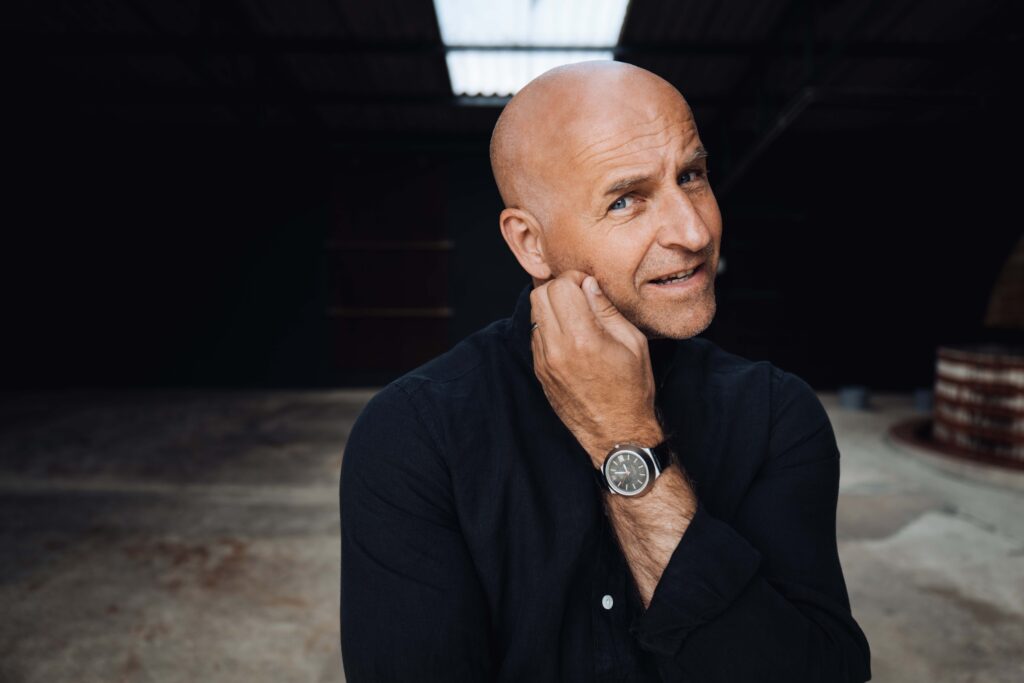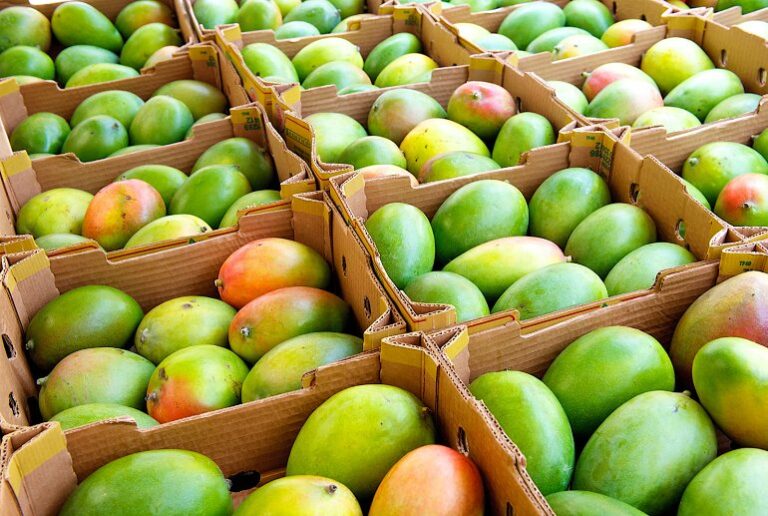Richard Juhlin reflects on how time affects the wine taster. [read the full champagne story]
Estimated reading time: 7 minutes

Over-analyzed and narrow-minded science ?
Today, wine is an almost over-analyzed and narrow-minded science. That’s why I’m always fascinated when I manage to find a forgotten corner of our internal universe. Champagne Hiking undeniably put a forgotten part of the subject under the microscope through its illumination of the strong influence of the environment on the wine experience, and now to my delight I have found another interesting black hole in the wine taster’s being. For many wine tasters, the physical decay, in our case the inexorable deterioration of the sense of smell, is surely the main cause of reduced enjoyment and increasingly poor blind test results. An untrained sense of smell is at its peak between the ages of 18-28. The decline starts gently in the 30s. It accelerates in most people at the age of 55 and the scent strength has usually halved by the age of 70. On the other hand, a wine taster who is constantly practicing his scent can postpone decay considerably and be brilliant well into old age.
Breakfast with Michael Broadbent
I will soon forget a breakfast meeting in Barcelona with one of the most legendary wine tasters of all time, Michael Broadbent, where we enthusiastically praised each other’s award-winning wine books over a tannic espresso and an olive oil-dripping bellota bocadillo. The then 80-year-old and eternally youthful gentleman told me that, to his own surprise, he still did well in blind tests despite smelling about half as much as when he was at his olfactory peak. He succeeded in this thanks to his immense experience where he could interpret the scent and taste signals more precisely and focus on the essentials in the analysis like a Sherlock Holmes of the wine world.
‘He likened it to a center back in football who no longer had the speed to keep up with fast forwards, but who, through his seasoned experience, read the events of the game so that he had already positioned himself correctly in advance and was able to ward off the attack.’
The time factor?
I just turned, for me unimaginable, 62 years old, and despite doing everything to delay my physical decline, I have probably so slowly begun my journey towards a poorer sense of smell without realizing it yet. Like Broadbent, I am constantly increasing my experience through all the encounters with new and old familiar wines and I still perform at my best most evenings. But I’ve recently discovered an unexpected obstacle, a worry factor that increasingly misleads me and causes me to fail blind tests. The time!
‘What do I mean by that?’
Richard Juhlin
Well, because despite the fact that time keeps a constant speed, it has not escaped anyone’s notice that time feels like it is accelerating through life. The perspective of time changes disturbingly quickly when you get older and the last decade is experienced as about as far away as the first year of school when we were 7 years old. Dull uneventful days of childhood seemed to last forever. A wait at Santa on Christmas Eve was longer than the holiday week last year, etc. I have long since stopped laughing at my dear 89-year-old father who, despite his fantastic horse memory, where he reproduces exactly which road we rode, which day of the week it was, which towns we passed on the way during our trip in Central Europe, but mixes together 1989 with 1999! I can now do exactly the same thing with champagnes from the neutral vintages 1987 and 1997. Both feel fairly recent in my world.
The memory bank of champagnes and vintages
To be a little more precise, I mean that a large part of my impressive memory bank of champagnes and vintages was founded at the start of my career just as most scent memories that shape a person are founded in our childhood. I started with the 1979 and 1982 vintages as reference points and had everything super controlled in the cerebral cortex when the trilogy of 1988, 1989 and 1990 passed by. 1995 and 1996 were also no problem to add to the exact photographic scent memory and they are still crystal clear to me. To this I have also had to add all the older vintages down to the beginning of the 20th century and the new ones at the beginning of the 2000s. But I have to admit that it is harder to fingerprint as clearly in 2017, 2018 and 2019. Why is that? Am I less sharp? Or is the character of the vintages not as easy to distinguish from each other?
No, that’s not where the shoe pinches !
My problem is that it feels like the new vintages appear too quickly just as I’m getting to know the previous ones. How does this manifest itself and how should I tackle the problem? Somewhat reluctantly, I’ve had to add a new weapon to my testing arsenal. The actual age of the wine! Several of my friends, not least Björnstierne and Pål Allan, have long talked about the different age phases of champagne. “It feels like a 15-year-old Comtes de Champagne”, Or, “These are the tones Bonnaire always gets after the 30-year stretch”, etc.
Mathematical approach ?
Henrik Arve, the person I have tasted champagnes with the longest is perhaps the one who uses this method most frequently. In his case, it is because he tried very intensively for about 10 years, then was away from the world of champagne for almost as long and recently tried perhaps more than ever. Because he has a fantastic memory, he always refers to one of the monumentally strong experiences we had between 1987-1999. Being very mathematical in his disposition, he compares the champagne he has in front of him with the most similar experience from the early period and then calculates how old that wine was at that time and guesses the same age of the wine in the glass. Fascinatingly often he ends up right.
Now, unfortunately, even the me has had to adopt this approach in the wake of time acceleration. Me who just wanted to stick to the individual fingerprint character of the vintages and was so proud that I knew them all. What can we learn from this? Besides the fact that this approach is a good tool in the blind test arsenal, I find that the individual development curve of the individual champagnes is more predictable than I previously thought. A 20-year-old Louis Roederer ‘Cristal’ always gets a hazelnut-scented depth regardless of the vintage differences in the youth. A Perrier-Jouët ‘Belle Epoque’ always has an aroma of powder box up to the 12th anniversary and after the 15th anniversary the coffee aroma comes regardless of the original character of the vintage etc.
The ability to blind taste
Since my ability to blind taste is my greatest professional asset, as a taster I might have preferred if all the wines were constant. Then I would very rarely miss a wine I have tried before, but since they are living products they are in constant motion and just as we humans are unique individuals, we all have a similar life curve regardless of whether we turn 72 or throw in the towel after our 100 -anniversary.
‘It is both fascinating and frustrating to try the 2008 Bollinger ‘R.D.’ and find that the wine is identical to how the 1979 Bollinger ‘R.D.’ tasted at the same age.’
Richard Juhlin
While this causes it for me as a blind taster and that it bothers me at the moment that the direction of the wines’ development makes it no longer possible to recognize the once obvious stylistic differences between the 1971 and 1973 Dom Pérignon, I must admit that precisely the great wines both predictable and unpredictable developments over time are perhaps the greatest intellectual pleasure the world of wine has to offer. It is not inconceivable that the future could possibly offer both almost eternal human life and wines that do not change for hundreds of years. But is it really something to strive for? Isn’t impermanence a driving force to appreciate the value of life in every moment?
Stockholm 17th of September
Richard





